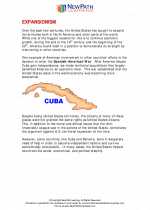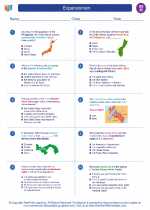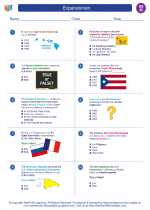Pearl Harbor
Pearl Harbor is a harbor on the island of Oahu, Hawaii, west of Honolulu. It is most famous for the surprise military strike by the Imperial Japanese Navy Air Service against the United States naval base on December 7, 1941. The attack led to the United States' entry into World War II.
Causes of the Attack
The attack on Pearl Harbor was a surprise military strike by the Imperial Japanese Navy against the United States naval base. Tensions had been building between the two countries, particularly due to Japan's expansionist policies in Asia and the U.S. imposing economic sanctions on Japan.
The Attack
On the morning of December 7, 1941, Japanese warplanes launched a surprise attack on the U.S. Pacific Fleet at Pearl Harbor. The attack lasted about two hours, during which time the Japanese aircraft sunk or damaged multiple U.S. battleships and destroyed nearly 200 aircraft. The attack resulted in the deaths of over 2,400 Americans and wounded over 1,000 more.
Consequences
The attack on Pearl Harbor led to the United States' entry into World War II. The following day, President Franklin D. Roosevelt asked Congress to declare war on Japan, marking the beginning of the U.S. involvement in the global conflict. The attack also led to widespread fear and anger among the American public, and it galvanized the nation's resolve to fight in the war.
Remembering Pearl Harbor
Pearl Harbor Remembrance Day is observed annually on December 7th to honor and remember the 2,400 Americans who died in the attack. It is a day to pay tribute to the military personnel and civilians who were affected by the events of that day.
Study Questions
- What were the causes of the attack on Pearl Harbor?
- Describe the impact of the attack on Pearl Harbor.
- Why is Pearl Harbor Remembrance Day observed?
Use this study guide to prepare for discussions and assessments on the topic of Pearl Harbor. Understanding the historical significance of the attack and its consequences is important for gaining insights into the events of World War II and their impact on global history.
[Pearl Harbor] Related Worksheets and Study Guides:
.◂Social Studies Worksheets and Study Guides Eighth Grade. Expansionism

 Worksheet/Answer key
Worksheet/Answer key
 Worksheet/Answer key
Worksheet/Answer key
 Worksheet/Answer key
Worksheet/Answer key
 Worksheet/Answer key
Worksheet/Answer key
